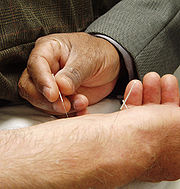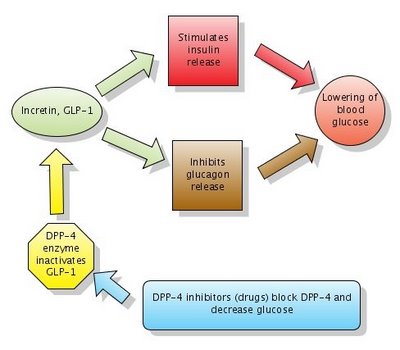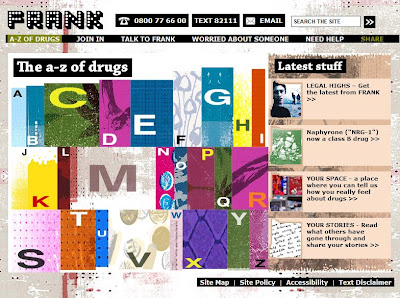
Prolonged immobilization can cause circulatory stasis which is one of the predisposing factors for DVT described by Virchow in his famous triad: endothelial injury, stasis and hypercoagulability.
In a trial of previously healthy patients who traveled at least 8 hours per flight (median duration 24 hours), duplex ultrasound showed an asymptomatic DVT in 10 % of participants. In other studies, the reported risk of symptomatic DVT after flights of more than 12 hours was 0.5%. According to a
2006 Lancet study, activation of coagulation occurs in some individuals after an 8-hour flight.
This
Chicago Tribune article lists some useful in-flight exercises:
In-flight exercises for beginners- Shoulder shrugs, shoulder rolls. Ten each.
- Short sets of bending and straightening the elbows and knees.
- Walk through the plane every two hours.
- March your knees up and down in your seat.
- Lift and lower your feet on tiptoes to work the calves.
Advanced In-flight exercises- Neck stretches; hold on each side for 15 to 20 seconds.
- If you can find space (near an exit), work the core with yoga stretches. Pigeon pose — an intermediate move of folding one leg under the body while stretching the back leg out — is an in-flight favorite of hers.
- In your seat, lift your arms over your head, grip your hands together and lean from side to side for a few seconds on each side. Repeat.
- Walk the length of the plane every hour, incorporating deep lunges. Unless you want air marshals on your case, it might be wise to notify a flight attendant.
- Put a small flight pillow in small of back to keep posture upright.
References:
Midair exercise makes for happier landings. Chicago Tribune, 10/2010.
The risk of VTE (blood clots) is 3 times higher in passengers on long-distance flights than in the general population http://goo.gl/Tk45Z
Exercises for air travel — Cleveland Clinic Journal of Medicine, 2011.
Will Airplane Air Make Me Sick? No, but proximity to the other passengers very well might.
WebMD, 2011.
 Dr. Kirsch, a blogging gastroenterologist lists some of the reasons why certain medical specialists are chosen:
Dr. Kirsch, a blogging gastroenterologist lists some of the reasons why certain medical specialists are chosen:









